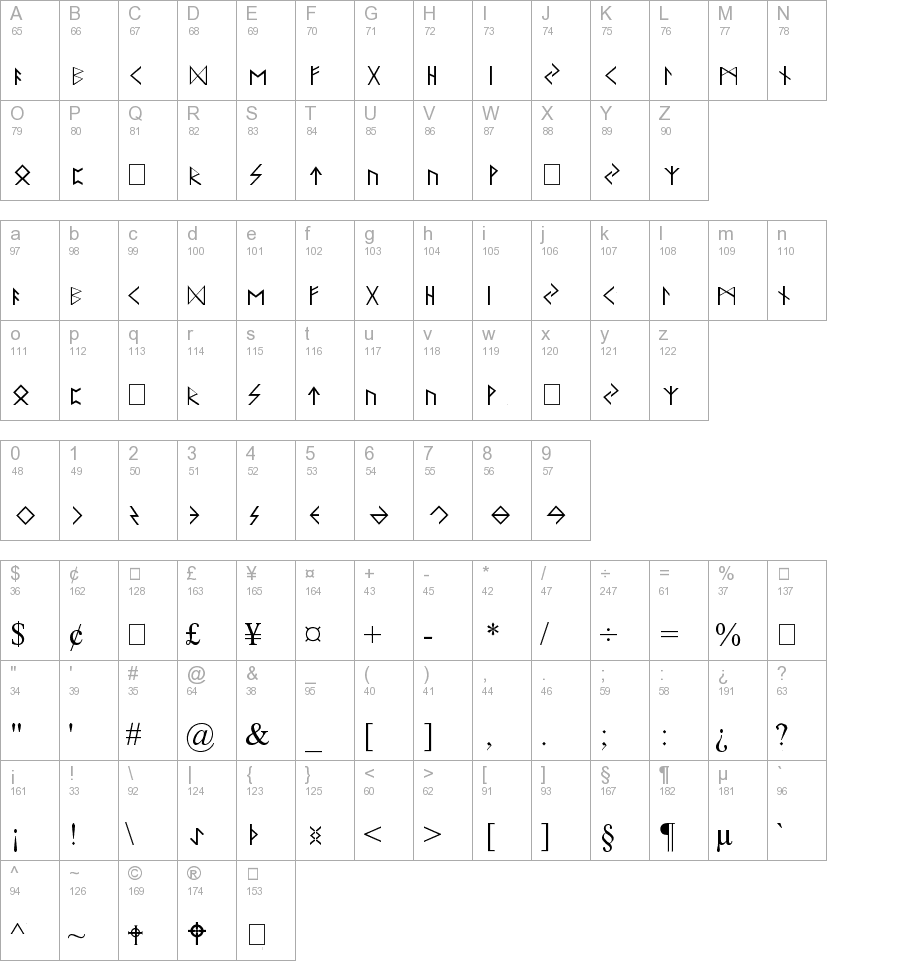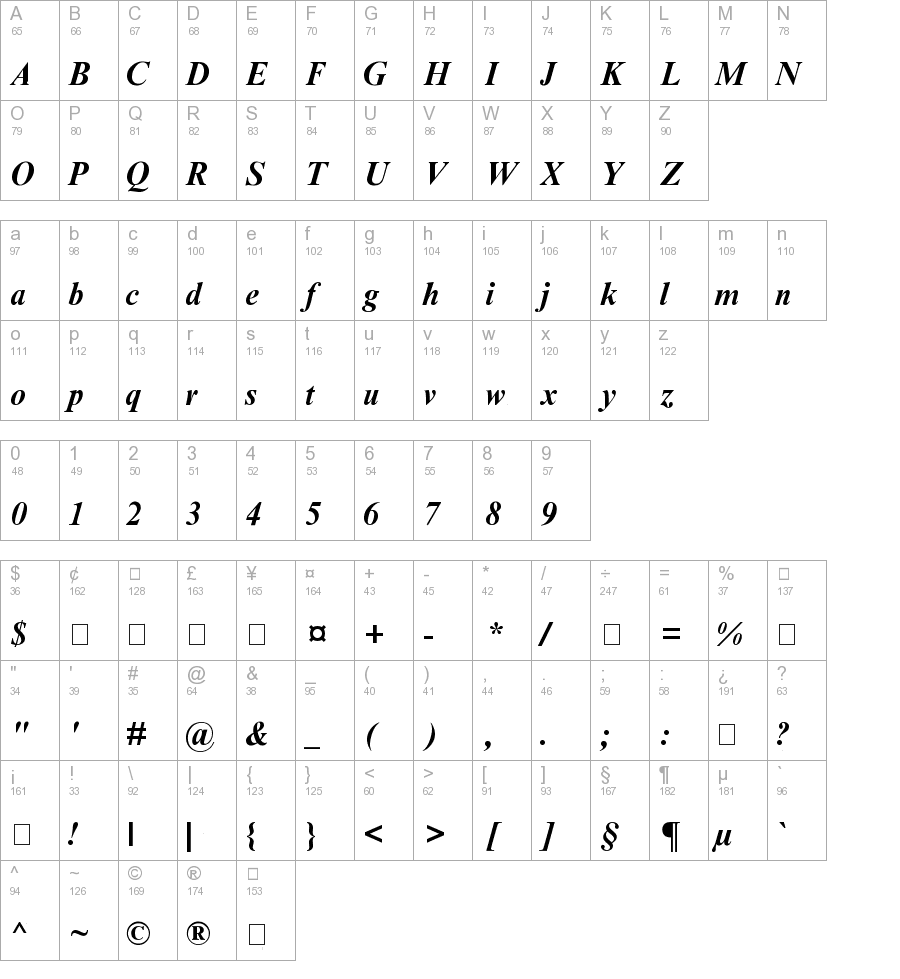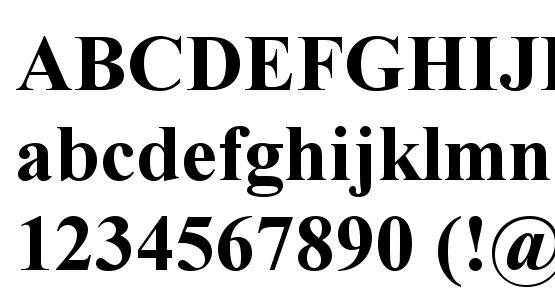

Hence, the perceived quality of the Times design became a litmus for the quality of several font formats. Also, firms like Imagen, now part of QMS, and Sun developed rival font scaling technologies, and labored to make sure that their renderings of Times, licensed from Linotype in both cases, were equal to those of their competitors. During the same period, Adobe released ATM along with upgraded versions of its core set of fonts, for improved rasterization on screen. When Microsoft produced its version of Times New Roman, licensed from Monotype, in TrueType format, and when Apple produced its version of Times Roman, licensed from Linotype, in TrueType format, the subtle competition took on a new aspect, because both Microsoft and Apple expended a great deal of time and effort to make the TrueType versions as good as, or better than, the PostScript version. Many, perhaps most, users didn't notice and didn't care about these subtle distinctions, many of which were invisible at 10 pt at 300 dpi (which is an em of 42 pixels, a stem of three pixels, a serif of 1 pixel, and so on). During the same period, Adobe upgraded its version of Times, using digital masters from Linotype, which of course claimed that it had a superior version, so there was a kind of competition to see who had the most refined, sensitive, original, genuine, bona-fide, artistically and typographically correct version. Monotype claimed that its new version was better than the Adobe-Linotype version, because of smoother curves, better detailing, and generally greater sensitivity to the original designs done for The Times and Monotype by Victor Lardent, who worked under the direction of Stanley Morison. In the late 1980's, Monotype redrew its Times New Roman to make it fit exactly the proportions and metrics of the Adobe-Linotype version of Times Roman. The width metrics were different, as well as various proportions and details. Especially these became evident when Adobe released the PostScript version, for various reasons having to do with how Adobe produced the original PostScript implementations of Times.

The outcome of all of the legal maneuverings is that Linotype and its licensees like Adobe and Apple continue to use the name "Times Roman", while Monotype and its licensees like Microsoft use the name "Times New Roman".ĭuring the decades of transatlantic "sharing" of the Times designs, and the transfer of the faces from metal to photo to digital, various differences developed between the versions marketed by Linotype and Monotype.
#Times new roman truetype font pdf
PDF Software Development, Training and More.I dug around a bit more and found Times (New) Roman and its part in the Development of Scalable Font Technology by Charles Bigelow, 1994: May I ask why you are interested in investigating these font issues? Fonts and encodings are a rather complicated matter, and if you really want to get to the bottom of things, you need to read (and unfortunately understand as well :) ) The text and font chapter in the PDF specification.

Can you convert it to a Word file after you've converted to PDF and do you get the correct text in the resulting Word file? One crucial test is to try to extract data from your PDF file. The difference between the two encodings you see is again something that the PDF converter controls.Īs long as you are not running into problems, it does not matter how the font information is stored in a PDF file, as long as all relevant data is there. This is at least wasting space in your PDF file, and can potentially cause other problems down the road. It is certainly odd that they embed the same font with different names. This is the preferred way to create PDF files out of Word - you end up with the best quality PDF.Īs to the results you see when you use the Amyuni PDF creator, this is something you have to ask them. You should have an "Acrobat" ribbon that looks something like this (depending on your version of Word, it will be slightly different): The PDFMaker macro is what you see on the MS Word toolbar (or the ribbon). I have written with Times New Roman in the Word document, but why are both TimesNewRoman and TimesNewRomanPSMT embedded in the PDF? In addition to this, TimesNewRoman PSMT/True Type/Ansi and TimesNewRoman PSMT/True Type/Identity-H are from the same text in the Word document. In one case I find these fonts in one of the PDF renditions: I get different results â off course â but some of them are really difficult to interpret. Used a render server with Amyuni PDF Converter In a Word document I have written some text in Times New Roman and then created a PDF document using different methods:


 0 kommentar(er)
0 kommentar(er)
